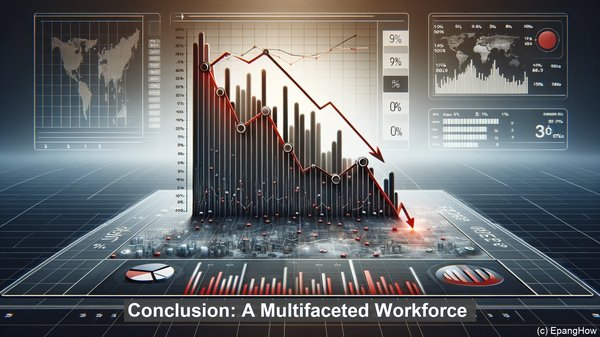Introduction: The Complexities of the Labor Market
Hello everyone! The labor market is a vast and intricate ecosystem, comprising various segments. Today, we’ll focus on two key components: the primary labor market and the secondary labor market. While they both contribute to the overall workforce, they differ significantly in terms of characteristics and opportunities.
Defining the Primary Labor Market
The primary labor market encompasses jobs that are considered stable, well-paid, and offer desirable benefits. These positions often require specialized skills, higher education, or extensive experience. Examples include roles in professional services, management, and technology. Companies in this market tend to have established structures, clear career paths, and robust employee benefits.
Exploring the Secondary Labor Market
In contrast, the secondary labor market comprises jobs that are often temporary, low-wage, and offer limited benefits. These positions may not require specialized skills or higher education, and they are frequently associated with industries like retail, hospitality, or manual labor. Companies in this market may have more fluid structures, with less emphasis on long-term career growth.
Key Differences: Stability, Compensation, and Benefits
One of the primary distinctions between the two markets lies in the stability of the jobs. Primary labor market positions tend to be more stable, with lower turnover rates, while secondary labor market roles may be more susceptible to fluctuations and layoffs. Compensation and benefits also differ significantly, with primary market jobs offering higher wages, comprehensive healthcare, retirement plans, and other perks.

Career Progression and Skill Development
The primary labor market often provides better opportunities for career progression and skill development. With structured hierarchies and clear advancement paths, individuals in this market can chart their professional growth. On the other hand, the secondary labor market may offer limited avenues for upward mobility, with a focus on immediate job requirements rather than long-term development.

Implications for the Workforce
The existence of both markets has implications for the overall workforce. While the primary labor market provides stability and growth prospects for many, the secondary labor market can act as a stepping stone, offering initial employment opportunities or flexible options for certain individuals. It’s crucial to recognize the value and potential of both markets, as they contribute to the overall economic landscape.
